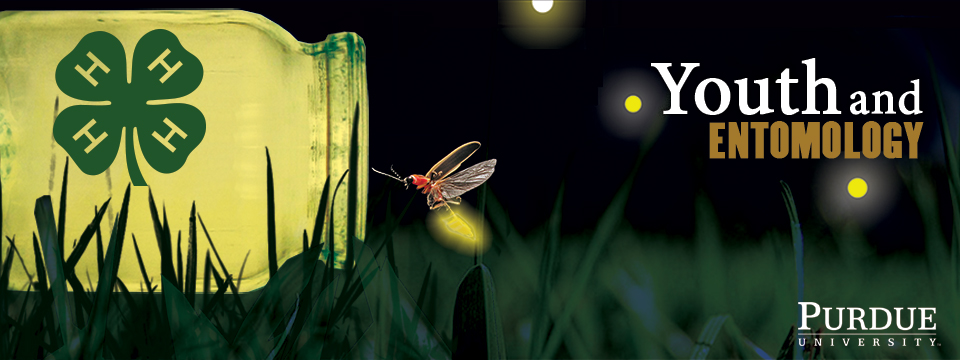

|
|
Flea larva
(John Obermeyer, Purdue University) |
|
Common Name: Flea - larva
See also: adult Scientific Name: Siphonaptera: several species Status: nuisance pest of humans and pests Damaging Stage: adult Biology: Fleas are small (1/16 inch long), agile, dark-colored, wingless insects with tube-like mouthparts that are adapted to feeding on the blood of mammals, Their bodies are laterally compressed, and they have long legs that are well adapted for jumping. Flea larvae resemble white worms having no legs and a distinct brown head with no eyes. Even at maximum length, flea larvae area very small, measuring approximately 3/16 inch. After a blood meal, female fleas lay their eggs in the hair coat of a host. The eggs fall from the hair onto bedding, floor surfaces, rugs, and furniture wherever the animal spends a majlority of its time. Eggs hatch in a few days. The larvae primarily feed on dead animal dander in or near their habitat and develop over the course of several weeks. The pupae mature to adulthood in a silken cocoon in about two weeks. Newly emerged fleas are stimulated to jump onto their host within seconds of emerging as adults. Injury: Adults are nuisance pests to both humans and their pets. Flea saliva is irritating to the skin and small, red welts can form where bites have occurred. Fleas can also transmit tapeworms, cause anemia and create other minor medical issues such as allergic reactions. Flea larvae, unlike adults, do not move around much and do not feed on blood. They tend to avoid light by hiding in cracks and crevices. If adult fleas are found, both the pet and the premises must be treated together. Management: Althought fleas can bite humans, they prefer to live on domesticated animals. Pets should be properly treated as soon as fleas are present. Infested areas (where the larvae reside) should be properly cleaned and chemically treated concurrently. |
 |
||||||||||||||||
|
|
|||||||||||||||
|
Purdue Extension Entomology, 901 West State Street, West Lafayette, IN 47907 USA, (765) 494-4554 Department of Entomology | College of Agriculture | Extension © Purdue University | An equal access/equal opportunity university | Integrity Statement | Copyright Complaints | Maintained by ENTM IT Trouble with this page? Disability-related accessibility issue? Please contact us at entmwebmaster@purdue.edu so we can help. | ||||||||||||||||
